Traditional Dress Trends: Modern Takes on South African Heritage
Traditional Dress Trends: Modern Takes on South African Heritage
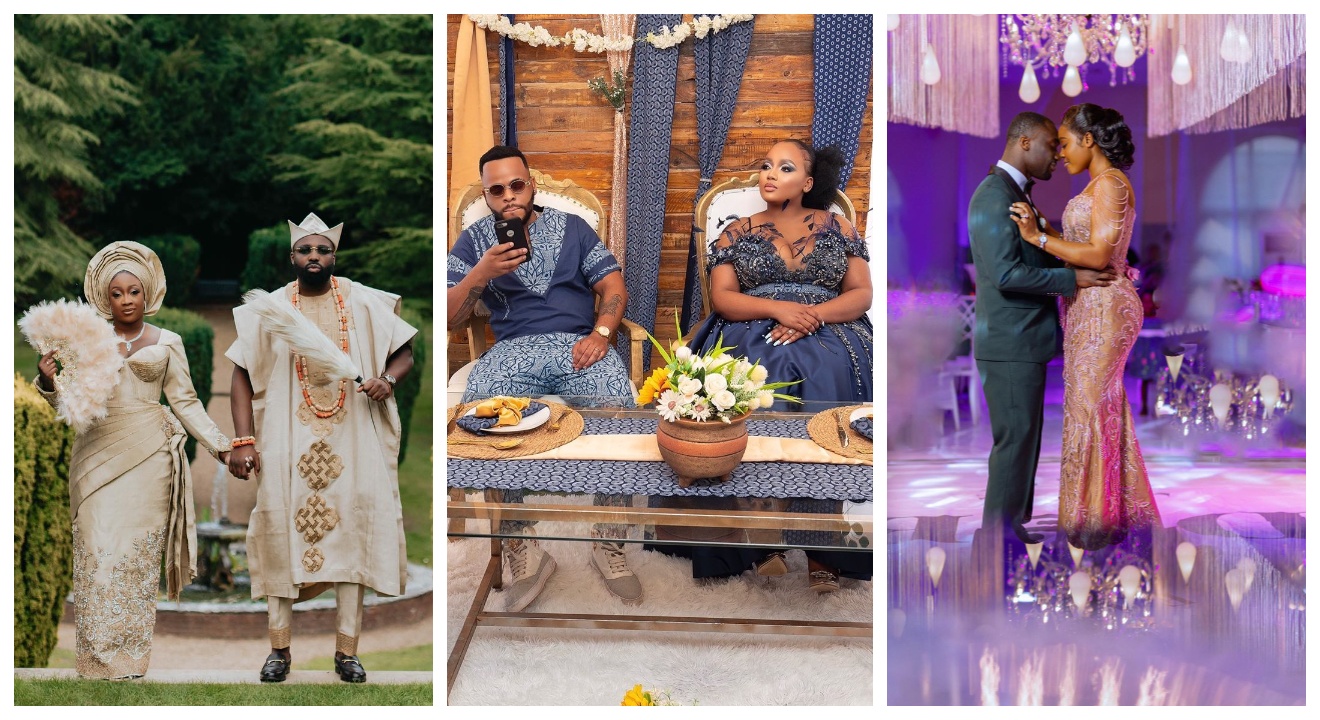
Introduction
South Africa is a country rich in cultural diversity, and its traditional dress plays a significant role in preserving and celebrating its heritage. While traditional attire holds deep historical and cultural significance, modern takes on South African traditional dress have emerged, blending tradition with contemporary fashion trends.
Overview of South African traditional dress and its significance in the country’s heritage
South African traditional dress varies across different ethnic groups, each with its unique styles, patterns, and colors. These garments are not only worn for special occasions but also serve as a way to express cultural identity and pride. Traditional dress often reflects the history, beliefs, and customs of the wearer’s community.
In recent years, there has been a growing trend of incorporating elements of traditional dress into modern fashion. Designers are reimagining traditional garments by combining traditional fabrics, prints, and silhouettes with contemporary designs. This fusion allows individuals to showcase their cultural heritage while embracing current fashion trends.
The modern take on South African traditional dress has gained popularity not only within the country but also internationally. Celebrities and fashion enthusiasts have embraced these unique designs, bringing them to the forefront of global fashion.
By blending tradition with modernity, South African designers are not only preserving their cultural heritage but also creating opportunities for economic growth through the fashion industry. The modernization of traditional dress allows for innovation and creativity while keeping the essence of South African culture alive.
In conclusion, South African traditional dress holds immense significance in the country’s heritage. The emergence of modern takes on these garments allows individuals to celebrate their culture while staying fashionable and relevant in today’s world.
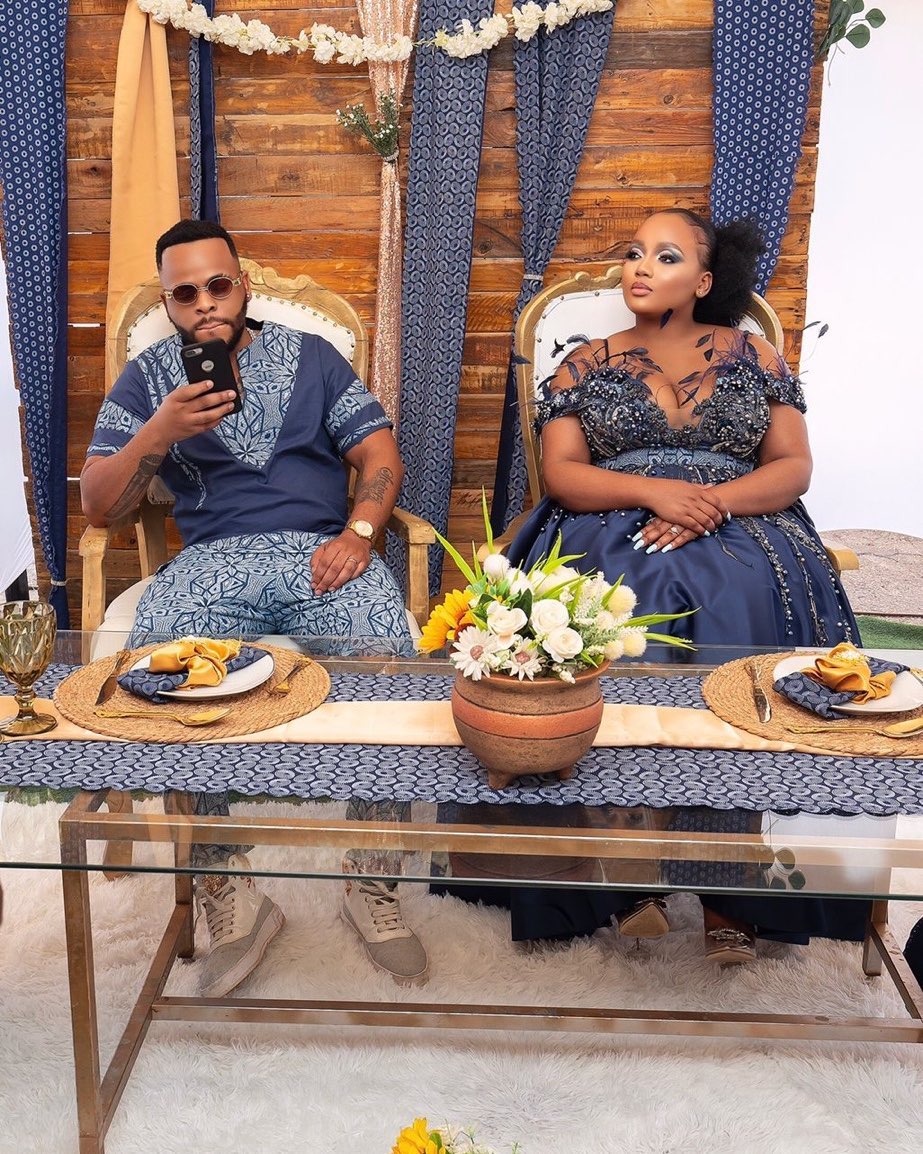
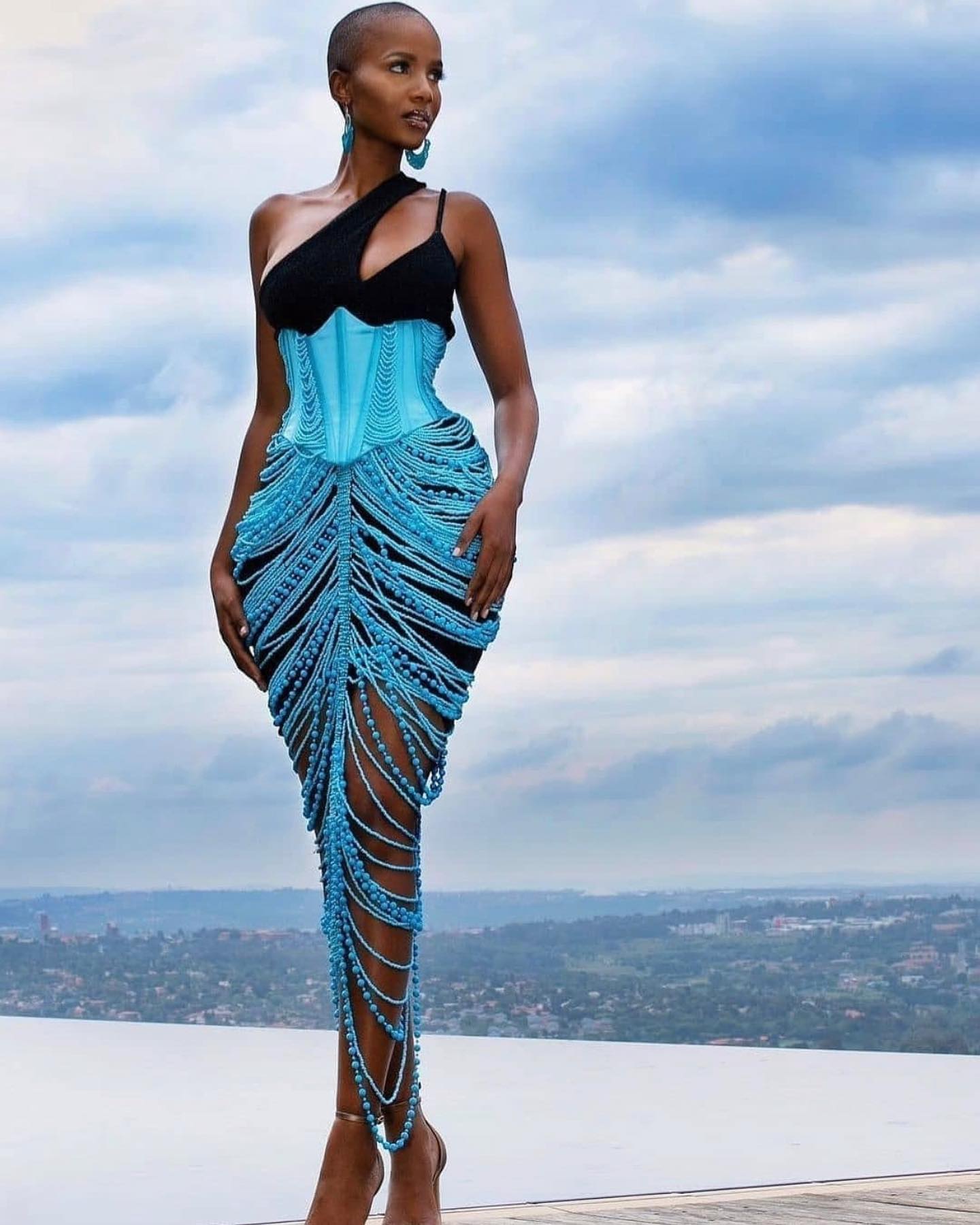
Xhosa Traditional Dress
History and features of Xhosa traditional dress
The Xhosa people, one of South Africa’s largest ethnic groups, have a rich cultural heritage that is reflected in their traditional dress. The traditional attire of the Xhosa people is characterized by vibrant colors and intricate beadwork. Women often wear a wraparound skirt called an “isikhakha” or “isidwaba,” paired with a beaded bodice known as an “imibhaco.” Men typically wear a blanket called an “ibheshu” or a tunic known as an “isikhakha.” These garments are adorned with colorful patterns and symbols that hold significant cultural meaning.
Modern adaptations and influences on Xhosa attire
In recent years, there has been a resurgence of interest in traditional African fashion, including Xhosa attire. This has led to modern adaptations and influences on Xhosa dress. Designers are incorporating contemporary elements into traditional garments, such as using modern fabrics and adding unique embellishments. Additionally, Xhosa fashion is being showcased on international runways, bringing global attention to this vibrant cultural heritage. The modern takes on Xhosa traditional dress not only celebrate the rich history of the Xhosa people but also promote cultural diversity and inclusivity in the fashion industry.
Overall, the Xhosa traditional dress represents more than just clothing; it is a symbol of identity, pride, and cultural heritage. The fusion of tradition and modernity in Xhosa attire showcases the dynamic nature of South African fashion and serves as a testament to the enduring beauty and significance of traditional dress trends.
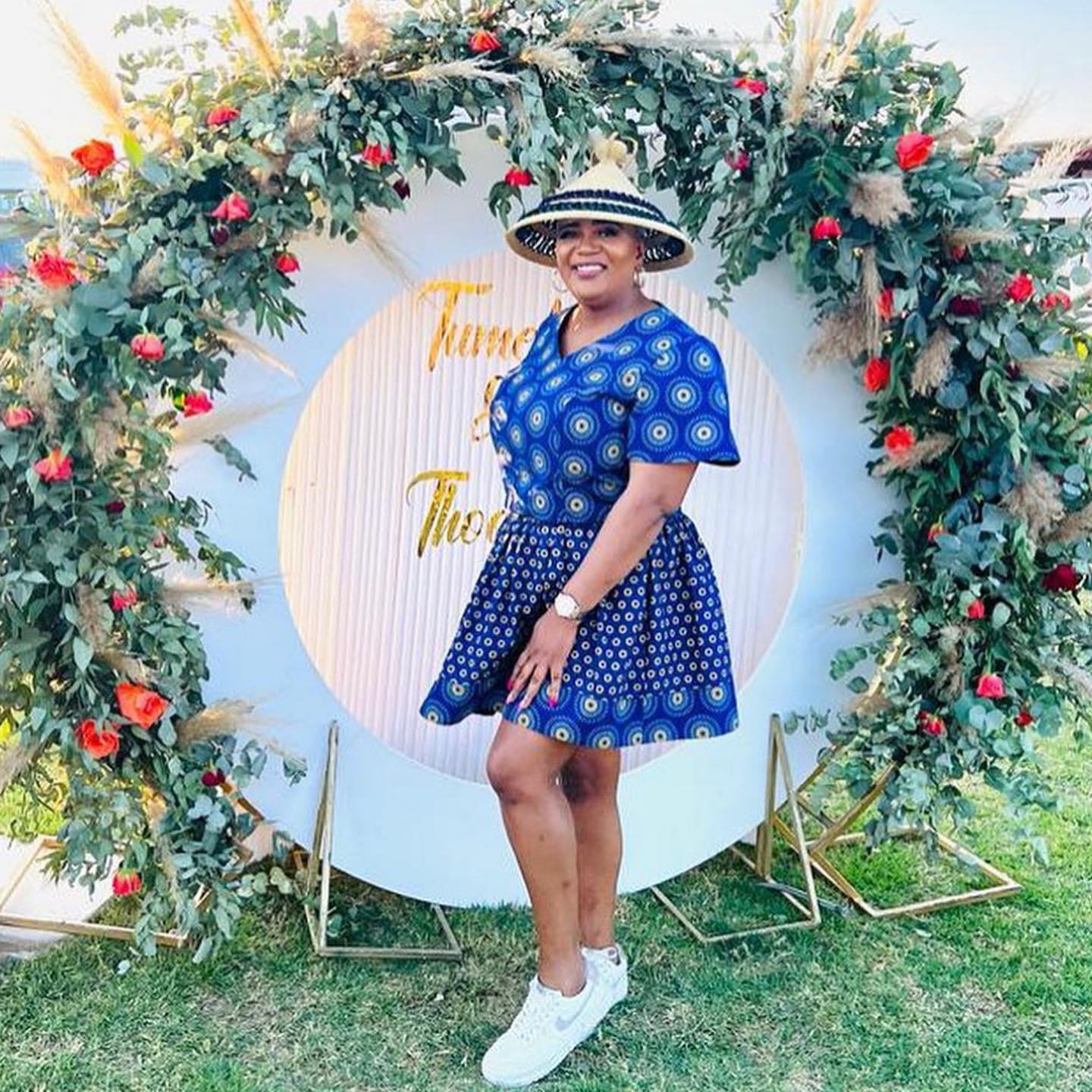
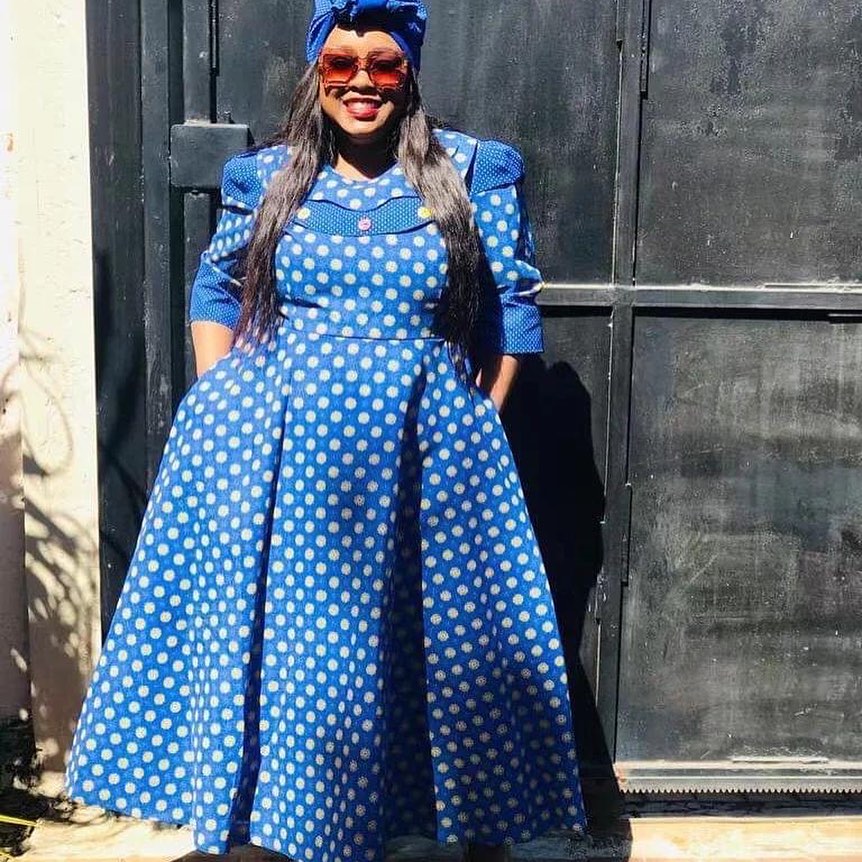
Zulu Traditional Dress
Characteristics and symbolism of Zulu traditional dress
Zulu traditional dress is known for its vibrant colors, intricate beadwork, and unique patterns. The clothing reflects the rich cultural heritage of the Zulu people in South Africa. Women often wear isidwaba, a colorful wrap skirt, paired with a beaded apron called inkehli. Men typically wear izinene, a loincloth, along with a leopard or lion skin headdress. These traditional garments not only serve as a form of self-expression but also carry deep cultural symbolism, representing status, age, and marital status.
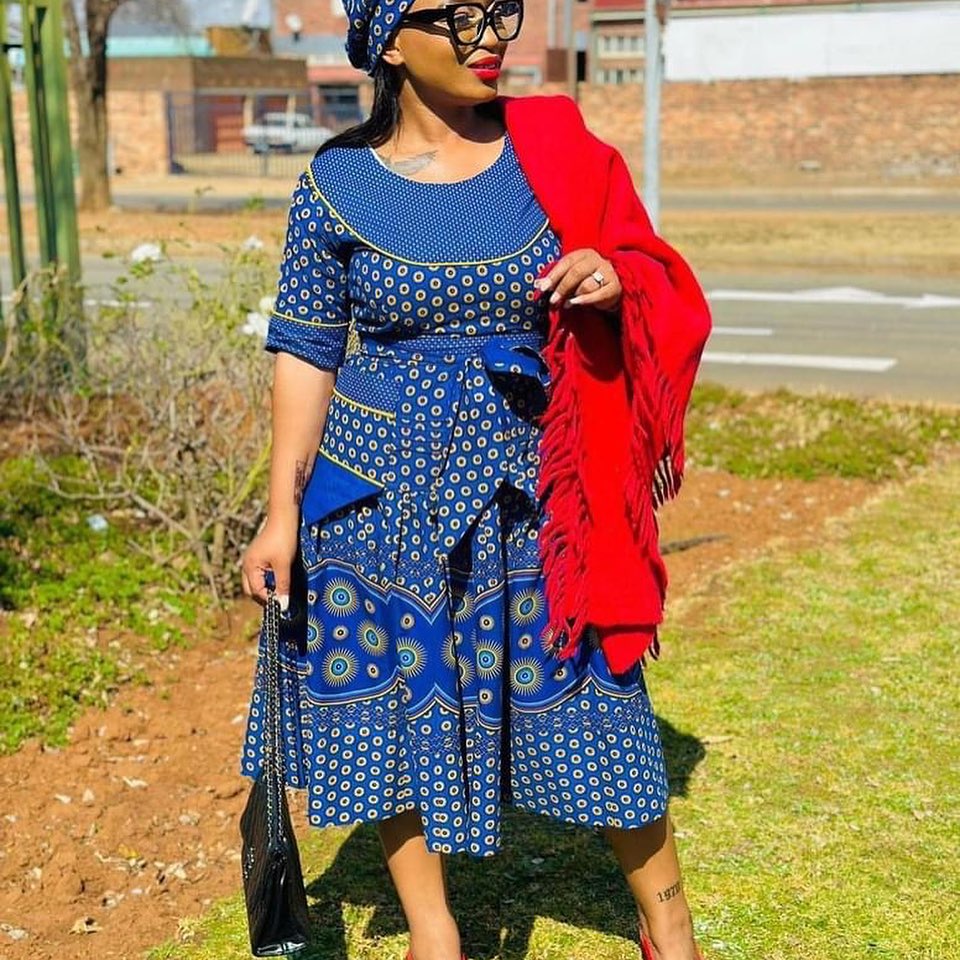
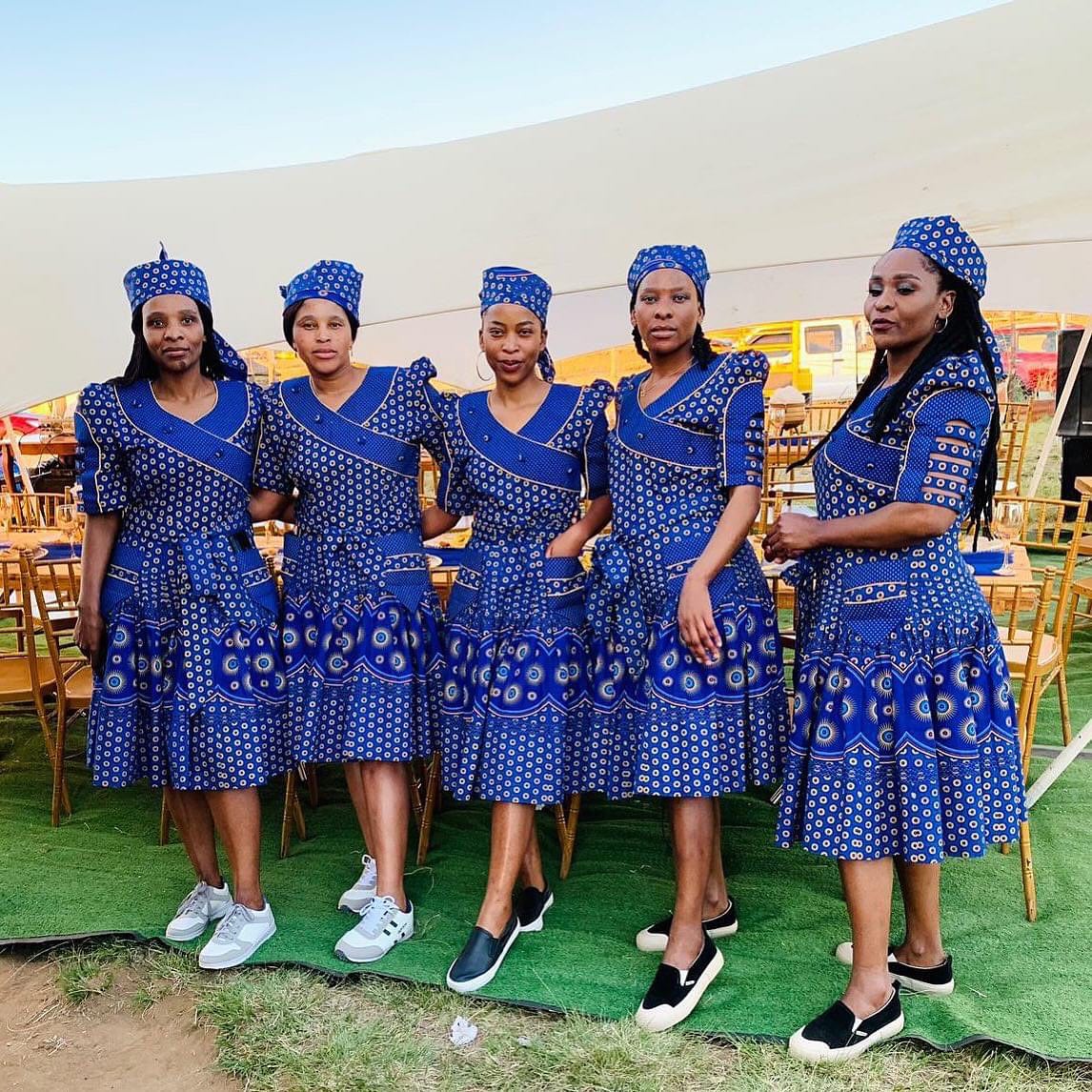
Contemporary interpretations and fusion with modern fashion
In recent years, there has been a growing trend of incorporating Zulu traditional dress elements into modern fashion. Designers are embracing the vibrant colors and intricate beadwork to create contemporary garments that pay homage to Zulu culture. This fusion of traditional and modern fashion has gained popularity both locally and internationally. From runway shows to everyday streetwear, Zulu-inspired designs are making a statement and celebrating South African heritage in a fresh and exciting way. By blending tradition with innovation, these modern takes on Zulu traditional dress contribute to the preservation and promotion of cultural identity.
Sotho Traditional Dress
Traditional attire of the Sotho people
The Sotho people, one of the ethnic groups in South Africa, have a rich cultural heritage that is reflected in their traditional dress. The traditional attire of the Sotho people is characterized by vibrant colors, intricate patterns, and unique designs. Women often wear a dress called a “seana marena,” which is a long, pleated skirt made from colorful fabric. Men typically wear a “seshoeshoe,” which is a fabric wrapped around the waist and worn with a shirt and a blanket.
Incorporation of Sotho dress elements in modern fashion
In recent years, there has been a growing trend of incorporating Sotho dress elements into modern fashion. Designers and fashion enthusiasts are finding creative ways to blend traditional Sotho fabrics and designs with contemporary styles. This fusion has resulted in stunning outfits that celebrate the rich cultural heritage of the Sotho people while also embracing modern aesthetics.
One popular example is the use of Sotho fabric in tailored suits for both men and women. The vibrant colors and unique patterns add a touch of African flair to formal attire, making it stand out from the crowd. Additionally, Sotho-inspired accessories such as head wraps, beaded jewelry, and embroidered handbags have become popular fashion statements.
By incorporating Sotho dress elements into modern fashion, individuals are not only embracing their cultural roots but also promoting diversity and inclusivity in the fashion industry. This trend allows people from different backgrounds to appreciate and celebrate the beauty of South African heritage in a contemporary context.
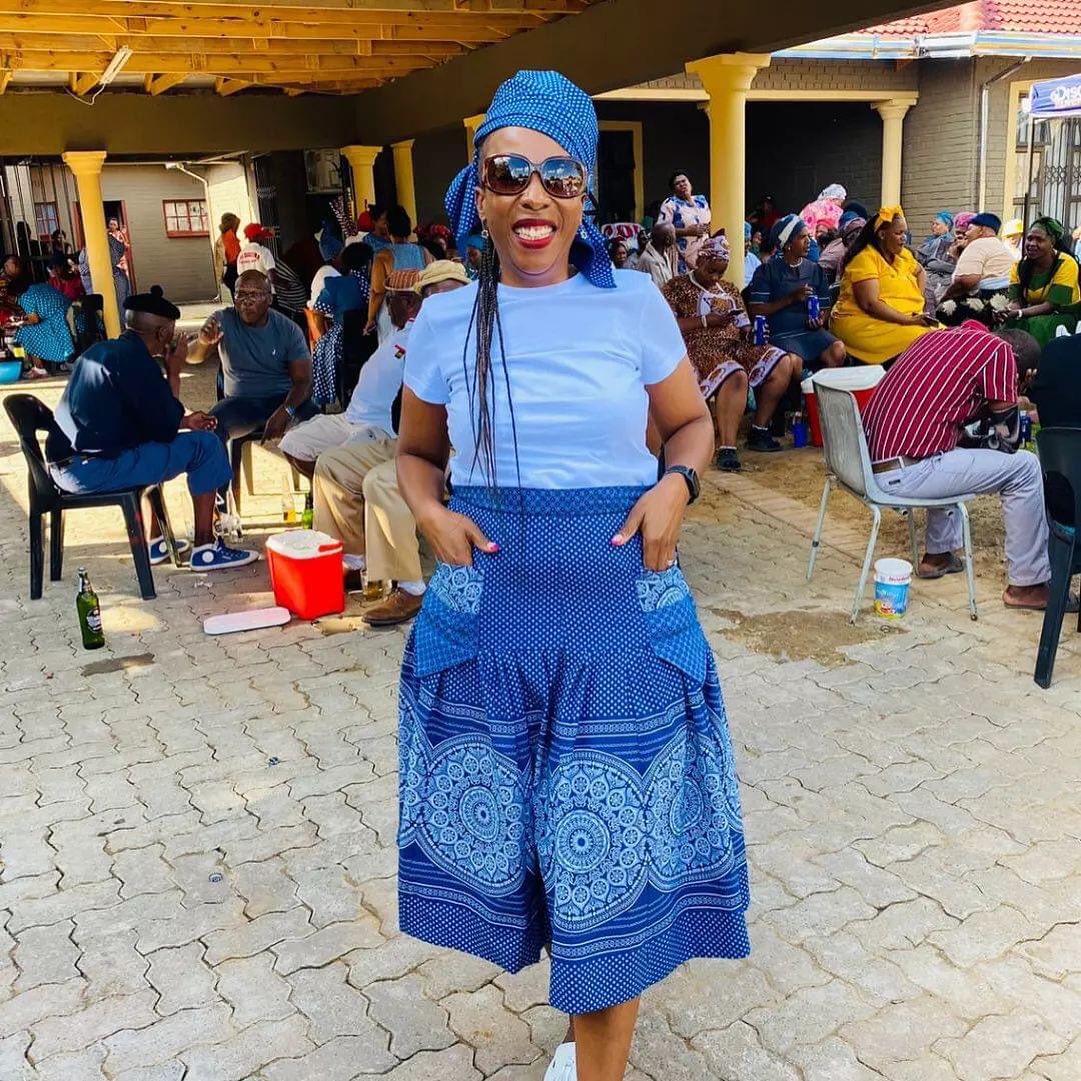
Ndebele Traditional Dress
Distinctive features and cultural significance of Ndebele traditional dress
The Ndebele people of South Africa have a rich cultural heritage, and their traditional dress plays a significant role in their identity. The distinctive features of Ndebele traditional dress include vibrant colors, geometric patterns, and intricate beadwork. Each element has symbolic meaning, representing aspects of their history, beliefs, and social status. For example, the colors used may reflect marital status or indicate a specific stage of life. Ndebele women are known for their skillful beadwork, which is not only decorative but also carries cultural significance.
Innovations and contemporary adaptations
While Ndebele traditional dress remains an important part of their culture, it has also evolved over time to incorporate modern influences. Today, you can find Ndebele-inspired fashion designs that blend traditional elements with contemporary styles. Designers are creating clothing and accessories that showcase the vibrant colors and geometric patterns synonymous with Ndebele culture. These modern adaptations allow individuals to celebrate their heritage while embracing current fashion trends. Additionally, Ndebele traditional dress has gained international recognition and is often showcased in fashion shows and exhibitions as a symbol of South African culture.
Overall, the Ndebele traditional dress is not only a reflection of their cultural heritage but also a testament to their creativity and adaptability. It serves as a visual representation of their identity and continues to inspire contemporary fashion designers both within South Africa and beyond.
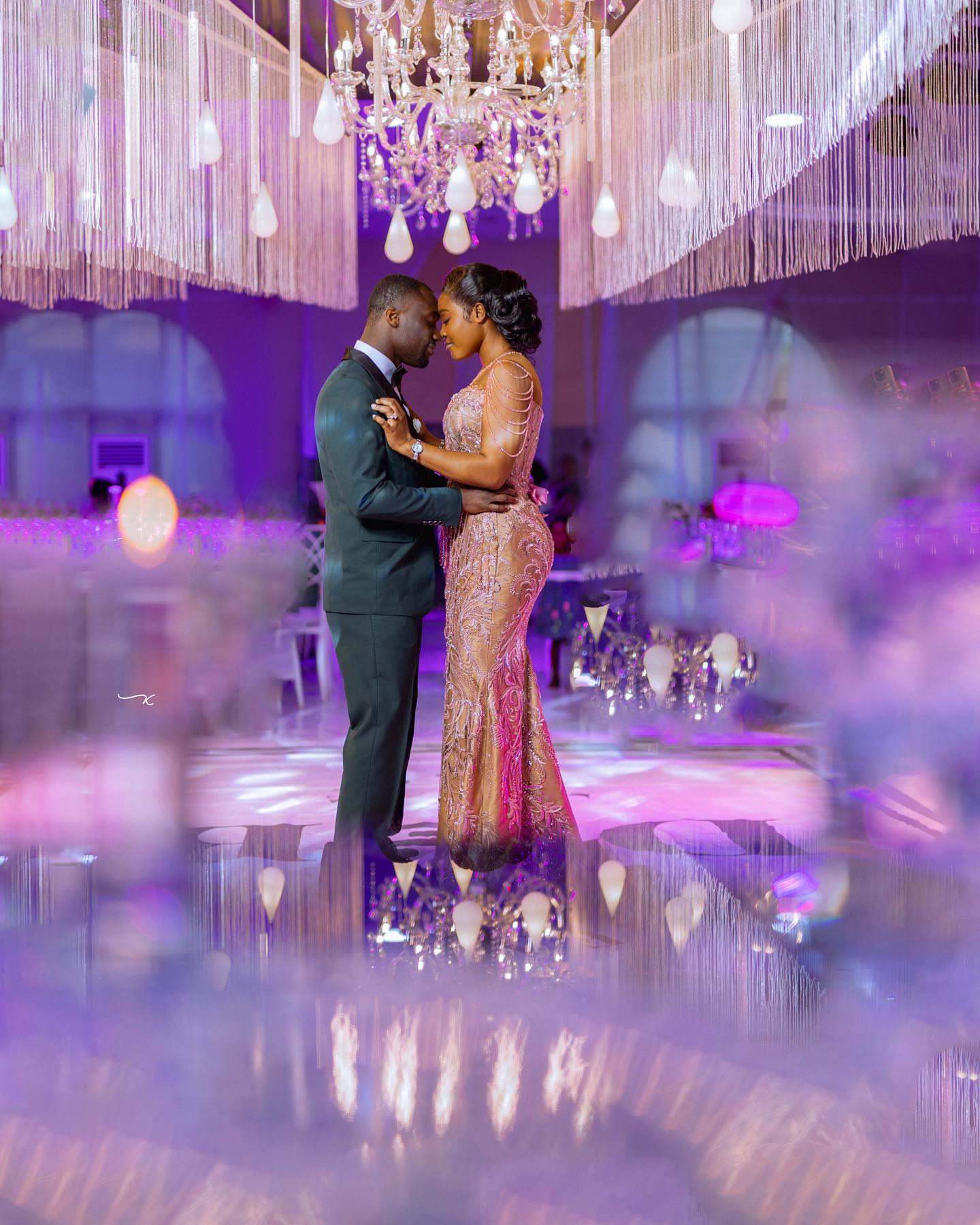
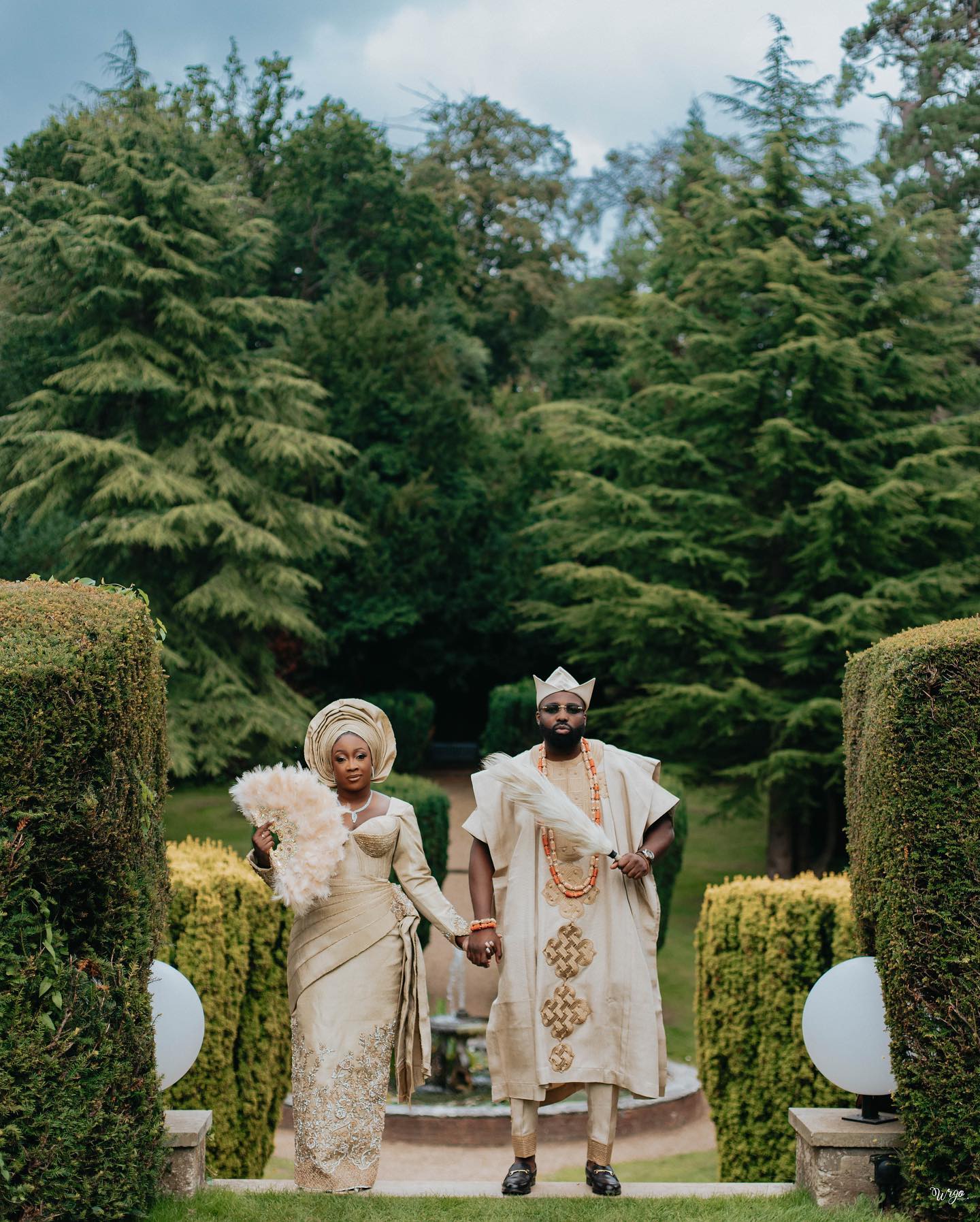
Venda Traditional Dress
Unique aspects of Venda traditional attire
The Venda people of South Africa have a rich cultural heritage, and their traditional dress is a reflection of their unique identity. The Venda traditional dress is characterized by vibrant colors, intricate beadwork, and symbolic patterns. Women typically wear a colorful wrap skirt called a “tshidzivhe” paired with a matching blouse, while men wear a “mutsha” (a loincloth) and a shirt.
One of the most distinctive features of Venda traditional attire is the use of beadwork. Beads are meticulously sewn onto the garments, creating beautiful patterns and designs that hold cultural significance. These beads are often used to represent fertility, protection, and spiritual beliefs.
Another unique aspect of Venda traditional dress is the use of accessories. Women adorn themselves with beaded necklaces, bracelets, and anklets, while men wear beaded belts and headbands. These accessories not only enhance the overall look but also serve as symbols of status and cultural pride.
In recent years, there has been a modern twist on Venda traditional dress. Designers have incorporated elements of Venda attire into contemporary fashion, creating fusion pieces that blend tradition with modern aesthetics. This has allowed the Venda culture to reach a wider audience and showcase its beauty to the world.
Overall, Venda traditional dress is a celebration of heritage and identity. It serves as a visual representation of the rich cultural traditions and values of the Venda people, while also embracing innovation and adaptation in the modern world.
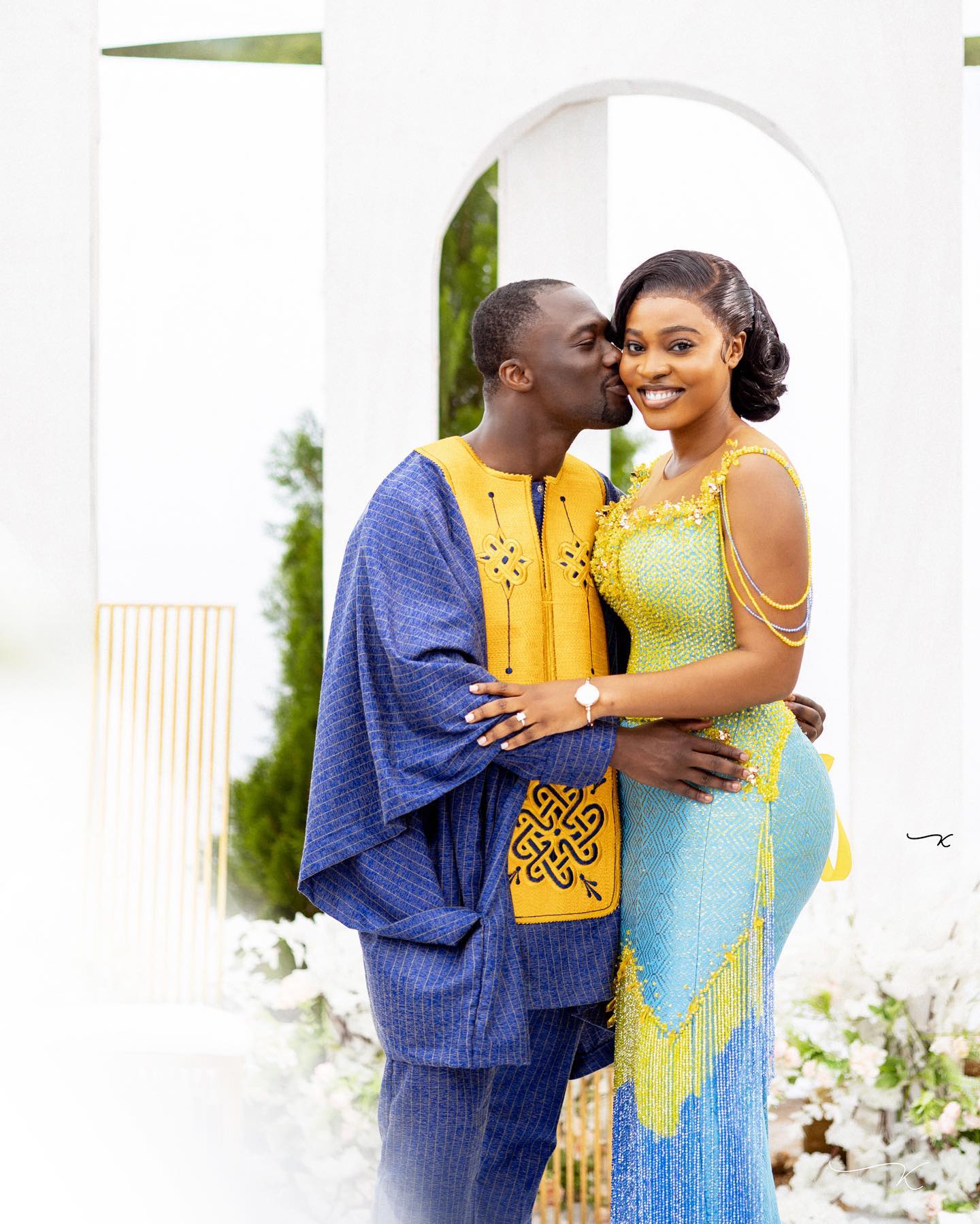
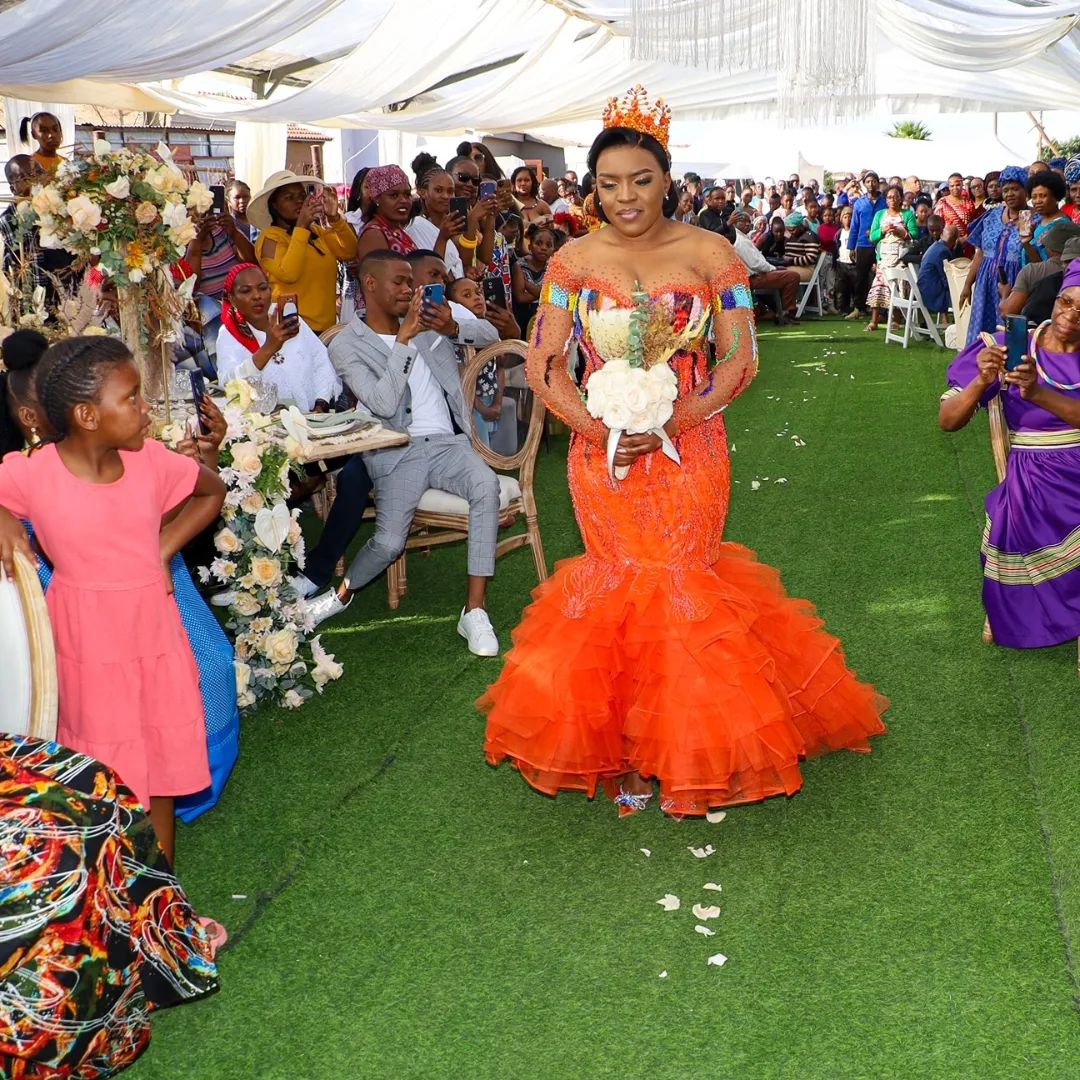
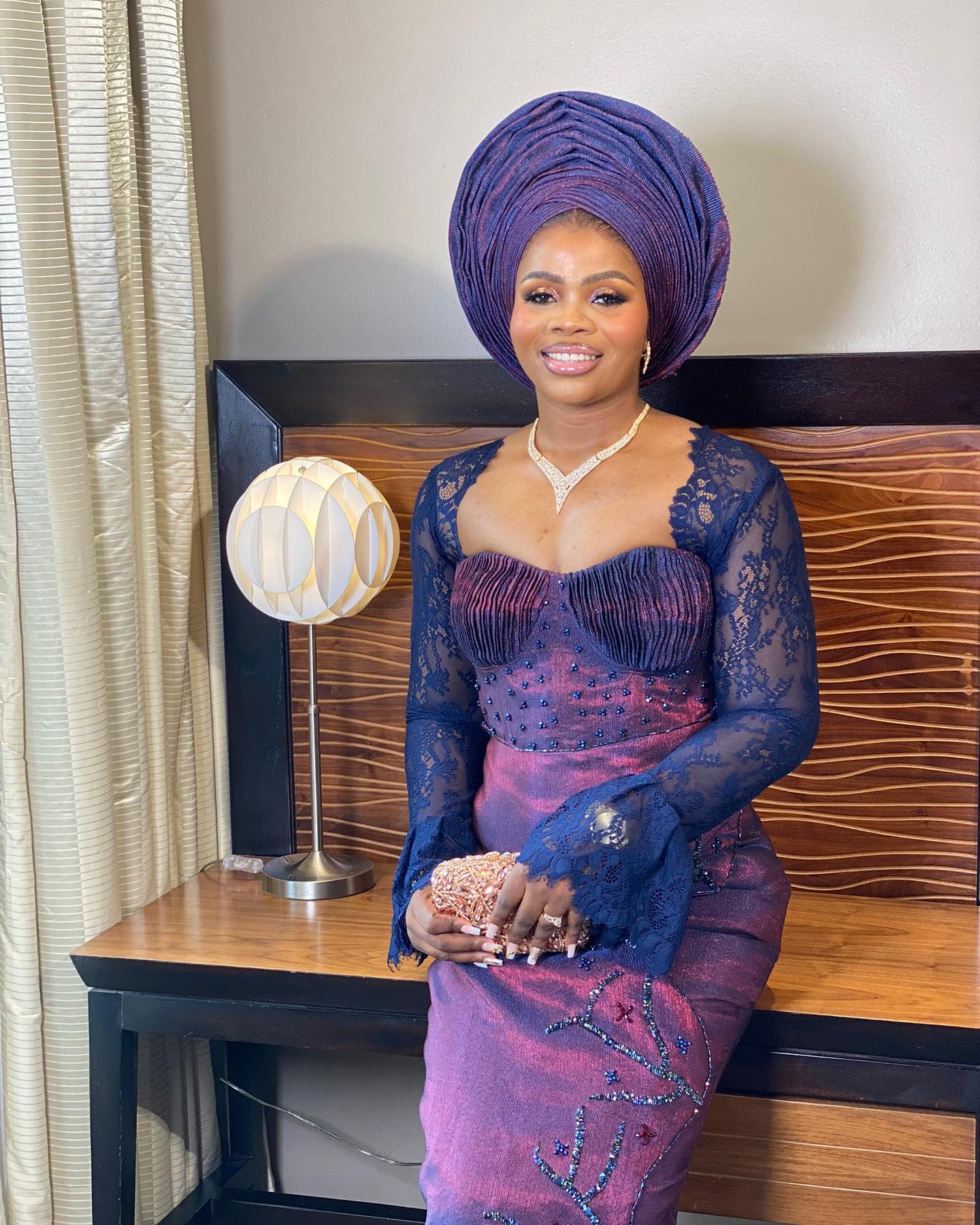
Comments are closed.